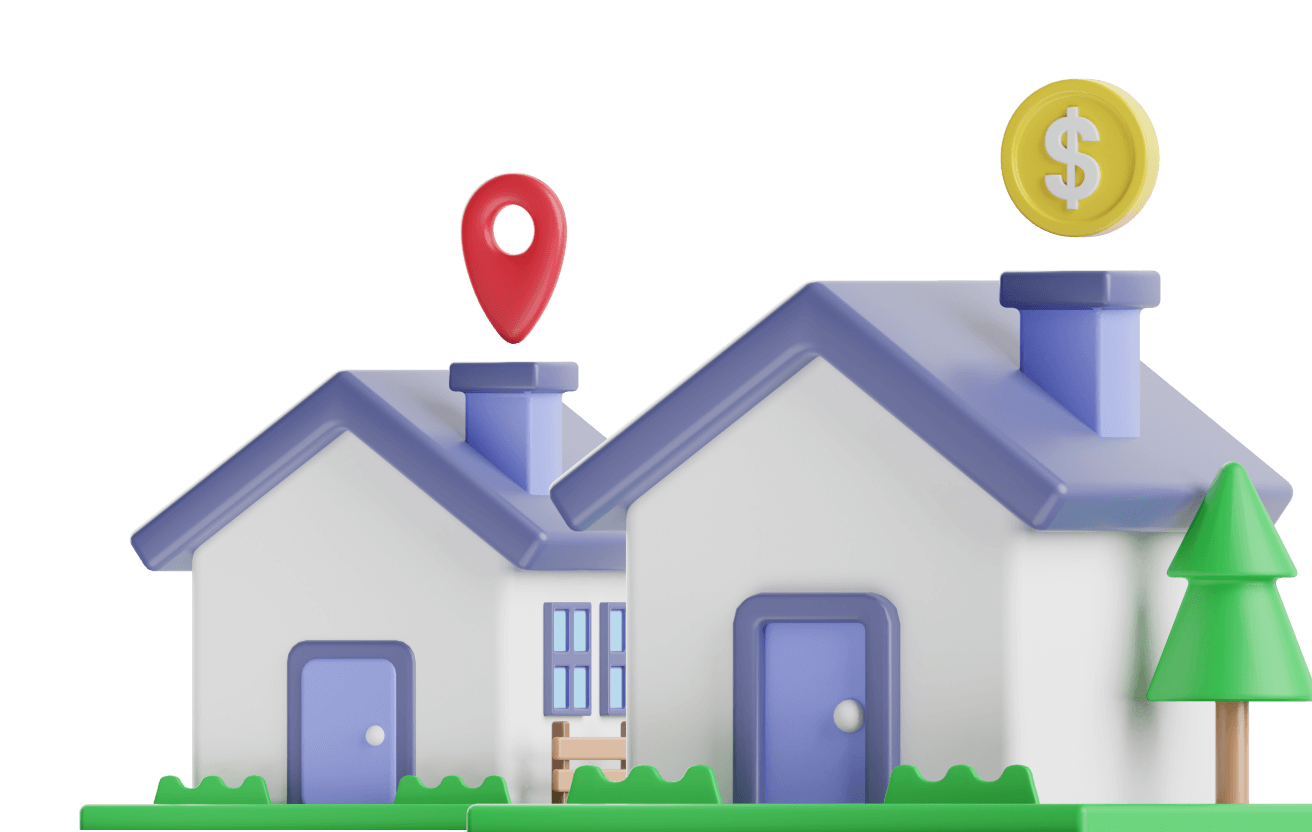An OSQO Deposit Gap Loan (DGL) is a financial product that gives you an opportunity to purchase a property more cost effectively than using alternatives such as Lender’s Mortgage Insurance (LMI), by funding any savings shortfall, or ‘deposit gap’.
Family and friends seeking to provide financial assistance to you can also invest in a DGL as an alternative to an informal cash gift or guarantee arrangement. However, you don’t need family and friends to contribute, OSQO can provide a DGL to any eligible applicant.
Australians who would like to purchase a home and have at least 5% of the property price in savings, plus enough to cover other buying costs such as stamp duty, are eligible to apply for a DGL.
OSQO uses similar eligibility criteria to traditional mortgage lenders. In order to determine your suitability for a DGL, we will consider the amount of savings you have, your credit history, income, monthly expenses, assets and liabilities as well as the type of property you want to purchase.
If you’re eligible, a DGL accredited mortgage broker can organise to apply for both a DGL and a home loan on your behalf.
Financial institutions that provide mortgages assess lending risk before approving a loan. One measure used is the ‘loan to value ratio’ (LVR); that’s the value of a property when compared to the size of a loan, expressed as a percentage.
When the LVR is higher than 80% (i.e.,you have a deposit of less than 20%), you would usually be expected to pay Lender’s Mortgage Insurance (LMI), which can add tens of thousands of dollars to the cost of a home loan. LMI serves to protect the bank, not you.
A DGL, however, enables you to avoid payment of costly LMI by providing the additional funds required to achieve a LVR of 80% (or lower).
LMI premiums are usually paid by home buyers at the time of property settlement as a one-off lump sum, although some lenders incorporate LMI into a home loan, which increases the overall loan amount and monthly repayments. A DGL, on the other hand, can be a more cost-effective alternative to LMI.
Contact your mortgage broker to see how much a DGL could save you.
Once you have registered your interest in the DGL, we will notify you when it’s available so that you can discuss this option with your mortgage broker. If you don’t have a mortgage broker, OSQO can help you to find one. If a mortgage broker determines that you could benefit from a DGL, we can begin the application process.
Your DGL term will be 30-years (similar to your mortgage), however it can be repaid at any time and will be divided into two periods:
During Period 1, which will be for a maximum of 10 years, you will make interest-only payments.
If you haven't already repaid your DGL, you will switch to principal and interest repayments (Period 2) for the rest of the 30-year term.
In most cases, it is an anticipated that you will be able to pay out your DGL once you have reached a loan-to-value ratio (LVR) of less than 80% (effectively meaning you no longer have a ‘deposit gap’). Your mortgage broker will work with you to outline your options (the majority of borrowers will refinance at this point).
Your DGL interest rate will be comparable to a standard variable mortgage interest rate. Your mortgage broker will negotiate your interest rate when finalising your DGL application.
In addition, as investors provide deposit gap funding in exchange for a return, Property Growth Interest (PGI) may also be payable. PGI is calculated using the relevant CoreLogic® (or equivalent) residential property growth rate data, and only accrues in Period 1. If there is no growth in residential property, PGI may not be payable.
You will be able to switch your DGL to Period 2 as soon as you achieve a LVR of less than 80%. OSQO will track your LVR and notify you when you are getting close to achieving this milestone. After switching to Period 2, the DGL will no longer accrue PGI, and PGI already accrued in Period 1 will be capitalised into your DGL amount and principal and interest repayments will be payable.
Your DGL can be repaid at any time.
During Period 1, you may only end your DGL if it is repaid in full. A $300 administration fee will be charged if you repay within 2 years from settlement. In Period 2, you may make additional repayments at any time.
For more information click here.
Your mortgage broker will work with your mortgage lender to secure a DGL as a source of funds for the purchase of your home. When assessing a home loan application, a key consideration for mortgage lenders is your ability to service mortgage repayments. Serviceability can be improved with a DGL when compared to LMI.
